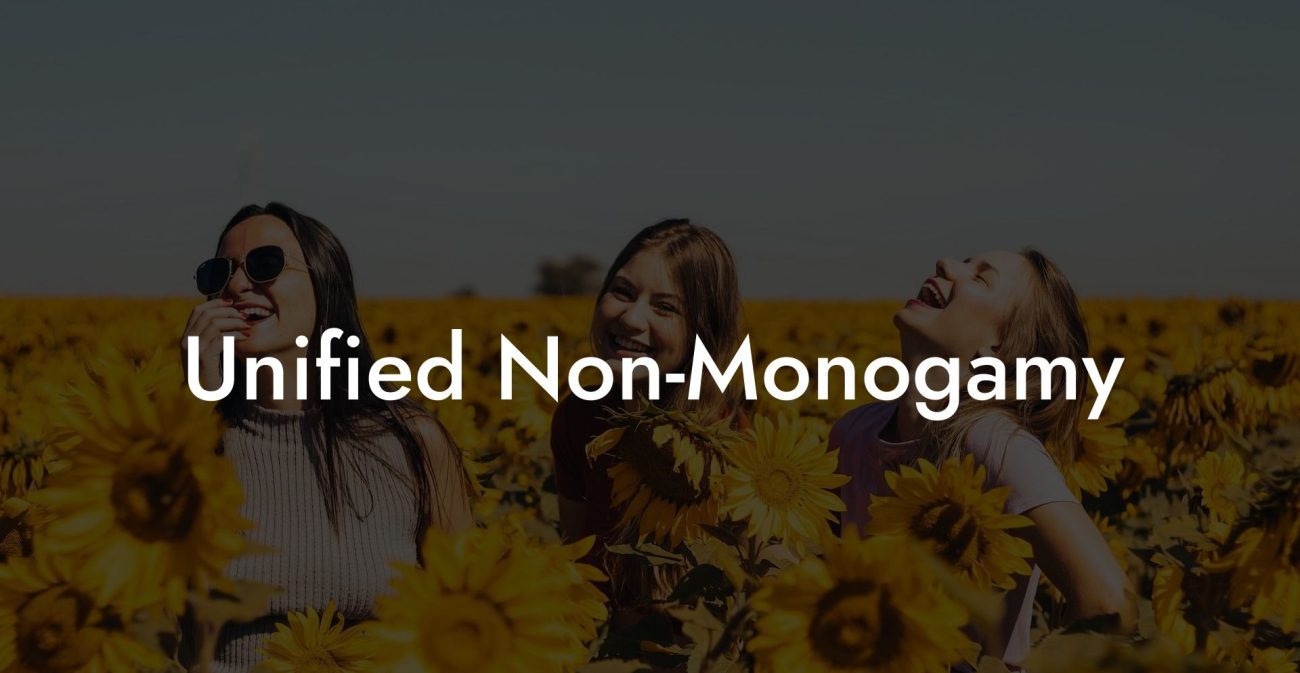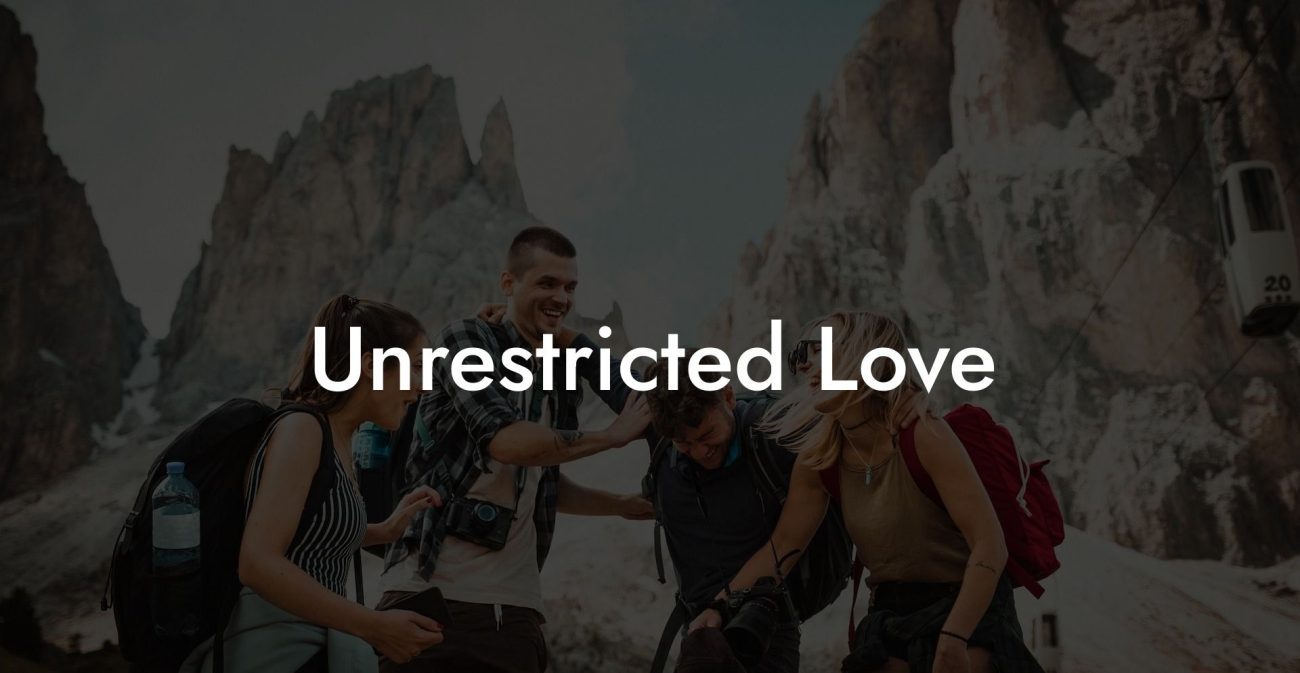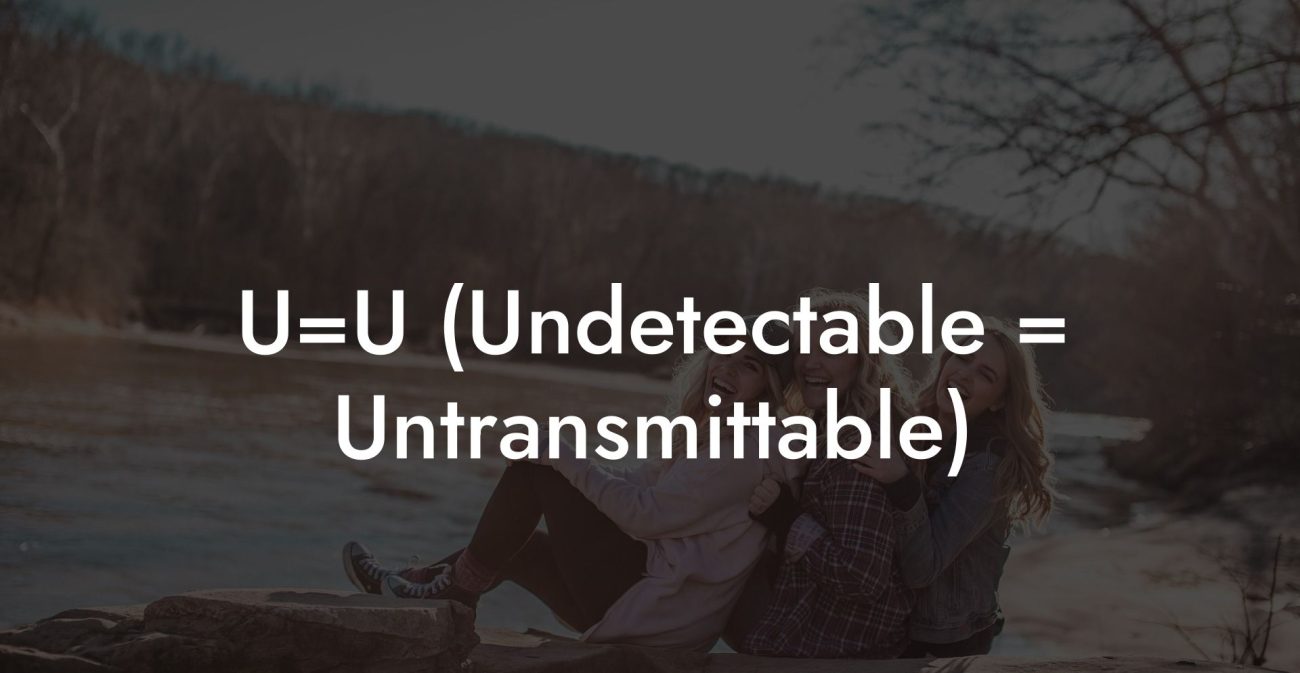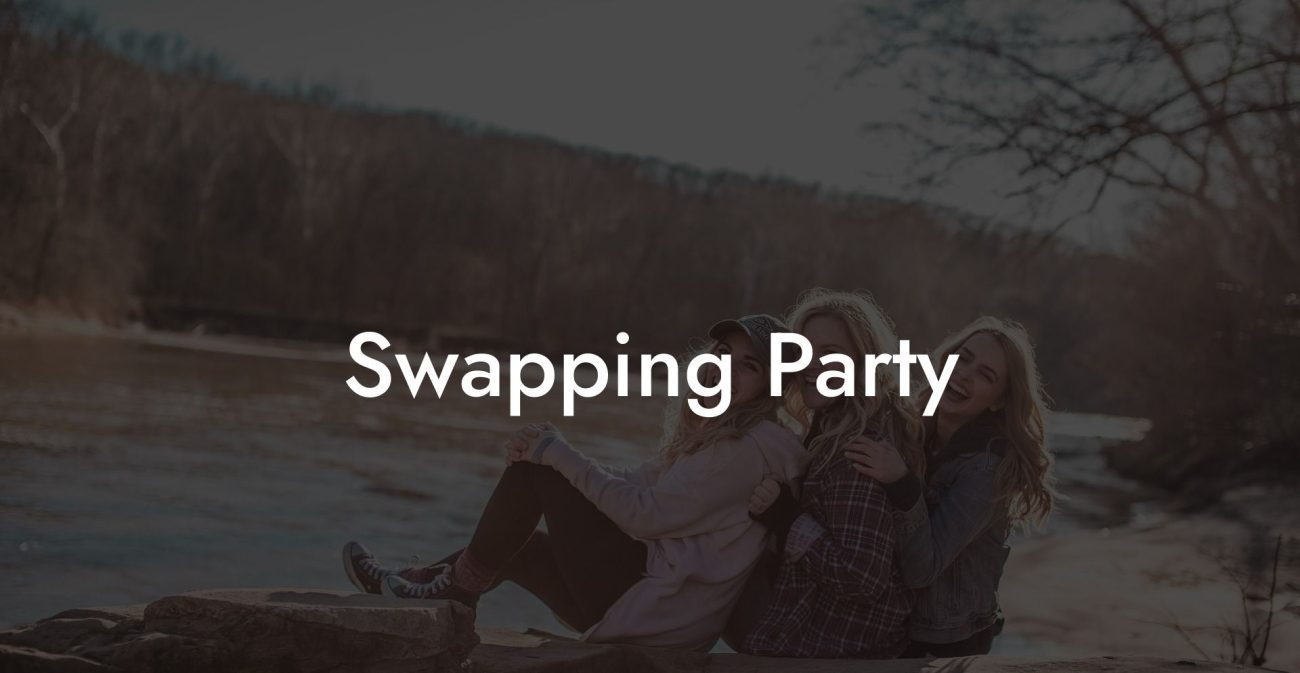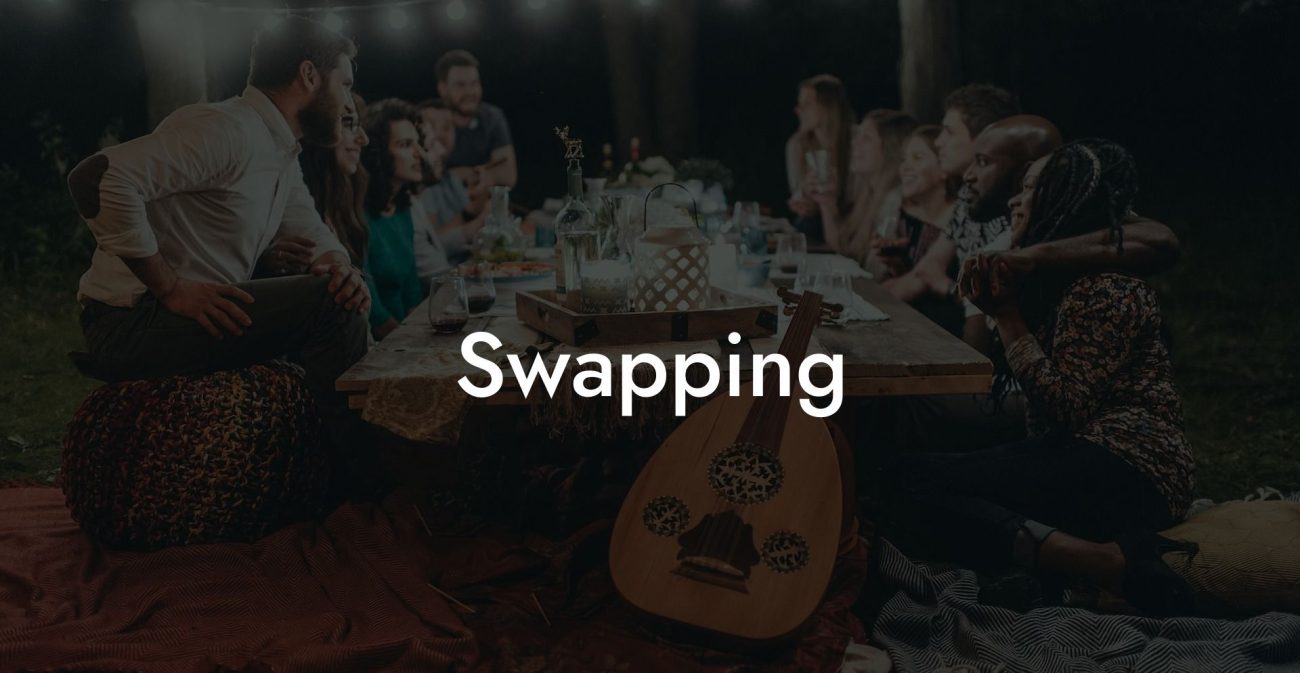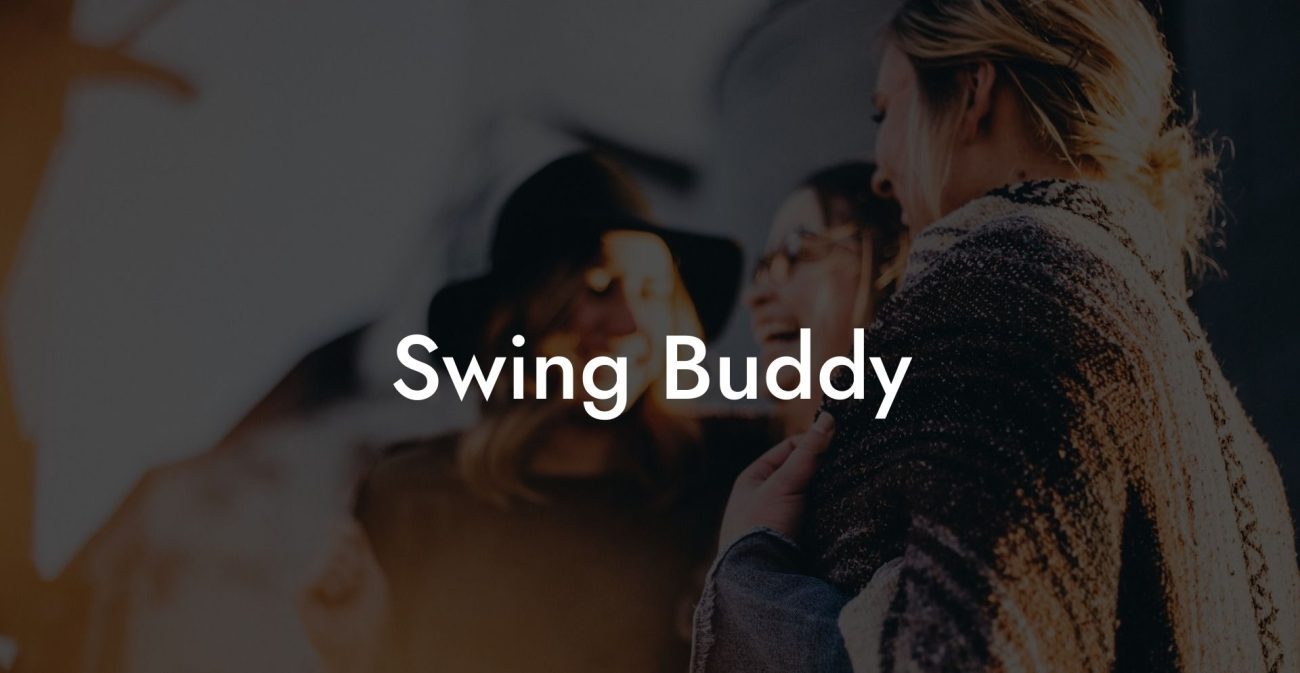Open Kink

Imagine a space where your deepest, most adventurous desires are embraced openly, where kink isn’t hidden away or shamed, but celebrated as a powerful form of self-expression and connection. Welcome to Open Kink, a vibrant concept in ethical non monogamy that integrates the freedom of alternative sexual practices with the principles of honesty, consent, and transparency. In this model, kink is not a secret compartment of your life; it’s an integral, visible part of your identity, explored openly with partners who share your commitment to ethical, consensual expression. Get ready to dive into a world where boundaries are respected, communication is clear, and every playful, daring moment contributes to an authentic, empowered love life.
Quick Links to Useful Sections
- The Ethical Non Monogamy Term: Open Kink
- What Is Open Kink?
- Core Principles of Open Kink
- A Quick Video Explanation
- Historical and Cultural Perspectives on Open Kink
- From Hidden Desires to Public Celebration
- Cultural Shifts in Modern Relationship Models
- Everyday Dynamics of Open Kink
- Incorporating Open Kink into Your Relationship Practices
- Integrating Technology and Community
- Benefits of Embracing Open Kink
- Enhanced Trust and Intimacy
- Empowerment and Self-Discovery
- Improved Communication and Conflict Resolution
- Community Building and Collective Empowerment
- Challenges of Open Kink
- Managing Emotional Vulnerability
- Maintaining Consistency in Communication
- Balancing Risk and Safety
- Navigating External Stigma
- Frequently Asked Questions (FAQ)
- Resources and Community Support: Your Next Steps
The Ethical Non Monogamy Term: Open Kink
What Is Open Kink?
Open Kink is a framework within ethical non monogamy that embraces and normalizes the exploration of kink in a fully transparent and consensual manner. It means that individuals openly integrate kink practices, such as BDSM, role-play, power exchange, and other alternative sexual expressions, into their relationships, without secrecy or shame. Open Kink champions the idea that erotic expression, no matter how unconventional, can coexist harmoniously with deep emotional connection and honest communication.
In practical terms, Open Kink involves discussing desires, negotiating boundaries, and ensuring that all parties are fully informed and enthusiastic about the activities they engage in. It’s about dismantling the stigma around kink and recognizing that when practiced ethically, it can enhance intimacy, build trust, and empower everyone involved.
Core Principles of Open Kink
- Transparency and Honesty: Openly discuss your kink interests, limits, and expectations with all partners. Transparency ensures that every participant is informed and on board.
- Informed, Ongoing Consent: Consent is the cornerstone of Open Kink. Every activity, from light play to more intense scenes, must be consensual and can be renegotiated at any time.
- Respect for Individuality: Recognize that everyone’s relationship with kink is personal. Honor each partner’s unique desires and comfort levels without judgment.
- Open Communication: Maintain continuous dialogue about your experiences, feelings, and boundaries. This includes pre-scene negotiations, in-the-moment check-ins, and post-scene debriefs.
- Adaptive Boundaries: Understand that your limits may change over time. Regularly revisit and adjust boundaries to reflect your evolving needs and experiences.
- Empowerment Through Play: Embrace kink as a form of empowerment and self-expression, allowing you to explore your identity and enhance your overall connection with partners.
- Inclusivity and Community: Foster a welcoming environment where diverse expressions of kink are celebrated and where everyone feels safe to express their authentic selves.
A Quick Video Explanation

Historical and Cultural Perspectives on Open Kink
From Hidden Desires to Public Celebration
Historically, kink was relegated to the shadows, practiced in secret and often stigmatized by mainstream society. Traditional norms cast alternative sexual practices as taboo, forcing many to hide their true desires for fear of judgment or ostracism. However, as society began to challenge these restrictive norms during the sexual revolution and through the rise of feminist and LGBTQ+ movements, attitudes toward kink began to shift.
Early proponents of ethical non monogamy saw that when kink was practiced openly and consensually, it could enhance intimacy and deepen trust between partners. This led to a gradual cultural transformation, where what was once hidden became celebrated as a legitimate and enriching aspect of human sexuality. Today, Open Kink is embraced as a vital component of a broader, more inclusive understanding of love and intimacy.
Cultural Shifts in Modern Relationship Models
In our modern, interconnected world, the concept of Open Kink resonates with individuals who value authenticity and the freedom to express every facet of their sexuality. Millennials and Gen-Z, in particular, are more open to exploring diverse sexual practices and integrating them into their relationships without shame. Social media, online communities, and progressive relationship podcasts have all played a role in normalizing kink and highlighting its potential to foster deeper, more dynamic connections.
Modern narratives emphasize that love and intimacy are multi-dimensional, and that embracing all aspects of your erotic self can lead to a richer, more fulfilling relational life. Open Kink stands as a testament to this evolving perspective, encouraging people to break free from outdated taboos and create spaces where all forms of desire are celebrated.
Everyday Dynamics of Open Kink
Incorporating Open Kink into Your Relationship Practices
Practicing Open Kink in your daily life means integrating kink into your relationships in a way that is safe, consensual, and transparent. Here are some practical strategies:
- Pre-Scene Negotiations: Always have detailed discussions before engaging in any kink activities. Outline boundaries, safe words, and aftercare plans to ensure everyone’s comfort and safety.
- Regular Check-Ins: During scenes or intimate moments, pause to check in with all partners. Ask, “How are you feeling?” to maintain clear, ongoing consent and adjust as necessary.
- Aftercare Practices: Dedicate time after any kink session for aftercare, sharing a quiet moment, cuddling, or discussing the experience, to help everyone process their emotions and reinforce trust.
- Creative Exploration: Experiment with different forms of kink that align with your interests, whether that’s light sensory play, role-playing, or more intense power exchanges. Document your experiences and reflect on what enhances your connection.
- Inclusive Dialogue: Encourage open discussions about kink with all partners, making it clear that every form of erotic expression is valued and respected within your relationship network.
Integrating Technology and Community
In our digital age, technology can be a powerful tool for supporting Open Kink practices. Use online platforms to connect with like-minded individuals, share experiences, and access educational resources:
- Online Forums: Join communities and discussion groups where you can learn from others’ experiences and gain insights into safe kink practices.
- Digital Journals: Maintain a shared digital journal with your partners to document your kink experiences and track your evolving boundaries.
- Virtual Workshops: Attend webinars and virtual workshops on kink safety, consent, and communication to continuously improve your practices.
Benefits of Embracing Open Kink
Enhanced Trust and Intimacy
Openly integrating kink into your relationships builds trust and deepens intimacy. When all parties are transparent about their desires and boundaries, a strong foundation of mutual respect is established.
- Stronger Bonds: Regular, honest communication and shared kink experiences foster a deeper emotional connection between partners.
- Increased Vulnerability: Embracing Open Kink encourages you to be more open and vulnerable, which can lead to more authentic and meaningful connections.
Empowerment and Self-Discovery
Open Kink empowers you to explore your sexuality without shame, fostering a deeper understanding of your desires and boundaries. This journey of self-discovery enhances your overall sense of identity and confidence.
- Enhanced Self-Awareness: Regular exploration and reflection help you understand your true sexual preferences and emotional triggers.
- Empowerment Through Consent: Actively negotiating boundaries reinforces your autonomy and validates your right to express your desires freely.
Improved Communication and Conflict Resolution
The process of negotiating and practicing Open Kink requires ongoing, open dialogue. This improves communication skills and creates a safe space for addressing conflicts before they escalate.
- Proactive Dialogue: Regular check-ins and pre-scene discussions help prevent misunderstandings and ensure that everyone’s needs are met.
- Constructive Feedback: Open communication enables you to give and receive feedback, leading to continuous improvement in your relational dynamics.
Community Building and Collective Empowerment
Embracing Open Kink not only enriches your personal relationships but also connects you with a broader community of like-minded individuals. This shared space of understanding and exploration can provide support, resources, and a sense of belonging.
- Shared Learning: Engaging with a community of kink practitioners allows you to learn new techniques, share safety tips, and refine your practices.
- Mutual Support: A supportive network fosters a culture of empowerment, where every individual’s journey is celebrated and valued.
Challenges of Open Kink
Managing Emotional Vulnerability
Embracing Open Kink requires you to be open about your desires and boundaries, which can sometimes trigger vulnerability or anxiety. It may take time to feel completely secure in expressing your true self.
- Tip: Start with small, low-stakes conversations about kink and gradually build trust with your partners.
- Tip: Practice mindfulness and self-compassion to help manage any anxiety around vulnerability.
Maintaining Consistency in Communication
With multiple partners and ongoing kink activities, it can be challenging to keep communication clear and consistent. Regular dialogue is essential to prevent misunderstandings and ensure that everyone’s boundaries are respected.
- Tip: Use digital tools like shared calendars and group chats to schedule regular check-ins and updates.
- Tip: Establish a routine for pre- and post-scene discussions to maintain continuous, open communication.
Balancing Risk and Safety
Pushing boundaries in kink can be exhilarating, but it also involves risks. Ensuring that every experiment is safe, consensual, and respectful is a constant challenge.
- Tip: Always prioritize informed, enthusiastic consent before engaging in any kink activity.
- Tip: Regularly review and update your safety protocols and boundaries to adapt to new experiences.
Navigating External Stigma
Despite growing acceptance, kink and ethical non monogamy can still face societal stigma. Negative judgments from external sources may lead to self-doubt or hesitation.
- Tip: Build a strong, supportive network of peers who validate your choices and provide positive reinforcement.
- Tip: Focus on your personal growth and the fulfillment you derive from your relationships, letting external opinions fade into the background.
Frequently Asked Questions (FAQ)
1. What is Open Kink in ethical non monogamy?
Open Kink is an approach that embraces and integrates kink practices into your relationships openly and consensually. It involves transparent communication about desires, boundaries, and safety protocols, allowing you to explore alternative sexual expressions without shame.
2. How does Open Kink differ from secret or underground kink?
Unlike secretive or hidden kink practices, Open Kink is practiced transparently with all partners aware and consenting. It is integrated into your ethical non monogamous framework, emphasizing honesty and inclusivity.
3. What are the core principles of Open Kink?
Core principles include transparency, informed and ongoing consent, open communication, respect for individuality, adaptive boundaries, and mutual empowerment through shared erotic exploration.
4. How can I incorporate Open Kink into my existing relationships?
Begin by having honest discussions with your partners about your interest in kink. Negotiate clear boundaries, establish safety protocols, and agree on pre- and post-activity check-ins to ensure that everyone feels comfortable and respected.
5. What benefits does Open Kink offer?
Benefits include enhanced intimacy, increased trust, deeper self-awareness, and the empowerment to explore your sexuality openly. It can also strengthen your relationships by fostering honest dialogue and mutual support.
6. What challenges might I face when practicing Open Kink?
Challenges can include managing vulnerability, ensuring consistent communication, balancing risk with safety, and overcoming societal stigma. Addressing these challenges requires ongoing dialogue and a commitment to self-care.
7. How important is consent in Open Kink?
Consent is absolutely essential in Open Kink. Every activity must be based on clear, enthusiastic, and ongoing consent from all parties involved.
8. Can Open Kink be integrated with both monogamous and non monogamous relationships?
Yes, Open Kink can be integrated into any relationship model, as long as there is a foundation of open communication, mutual respect, and informed consent.
9. How do adaptive boundaries work in Open Kink?
Adaptive boundaries allow you to adjust your limits and agreements as your needs and experiences evolve. Regular renegotiation ensures that your kink practices remain safe, consensual, and aligned with your emotional well-being.
10. How can digital tools support Open Kink practices?
Digital tools like shared calendars, group chats, and online forums help maintain consistent communication, schedule regular check-ins, and document your experiences, ensuring that everyone stays informed and connected.
11. What role does aftercare play in Open Kink?
Aftercare is a critical component of Open Kink, providing a space to debrief, share feelings, and reinforce trust and emotional safety after engaging in kink activities.
12. Where can I find additional resources on Open Kink?
Additional resources include books like The Ethical Slut by Dossie Easton & Janet Hardy, podcasts such as Multiamory, and online communities like r/polyamory that offer insights and guidance on embracing kink openly within ethical non monogamous frameworks.
Resources and Community Support: Your Next Steps
- The Ethical Slut by Dossie Easton & Janet Hardy – A foundational text that explores ethical non monogamy and provides practical strategies for integrating kink into your relationships transparently.
- Podcasts: Listen to Multiamory and related shows for personal stories, expert advice, and creative ideas on practicing Open Kink.
- Online Communities: Join forums like r/polyamory to connect with others, share experiences, and gain support in your journey toward embracing Open Kink.
- Workshops and Webinars: Attend events on kink safety, ethical non monogamy, and relationship communication to deepen your understanding and expand your support network.
- Therapy and Counseling: Consider professional guidance if you need help navigating complex emotions or managing vulnerabilities associated with Open Kink.
By engaging with these resources and implementing the practical strategies outlined in this guide, you can fully embrace Open Kink as a vibrant, empowering aspect of your ethical non monogamous life. Celebrate your unique desires, maintain open and honest dialogue with your partners, and let your exploration of kink enrich your connections, creating a love life that is both daring and deeply fulfilling.
Lost & confused by all of the terms, types and seemingly made up 3 letter acronyms?? We've got you. Check out our Ethnical Non-Monogamy Dictionary >>
Useful Interruption: Not sure which relationship vibe fits you best? Take our Relationship Test, it’ll give you the real insight into your natural relationship style. Then, dive into our binge-worthy guides (from the tried-and-true to the “wait, that’s a thing?”) and find the perfect relationship type for your life:
- Monogamy
- Open Relationships
- Ethical Non-Monogamy
- Solo Polyamory
- Non-Hierarchical Polyamory
- Hierarchical Polyamory
- Relationship Anarchy
- Swinging
Now back to the main article but yeah take the test...




